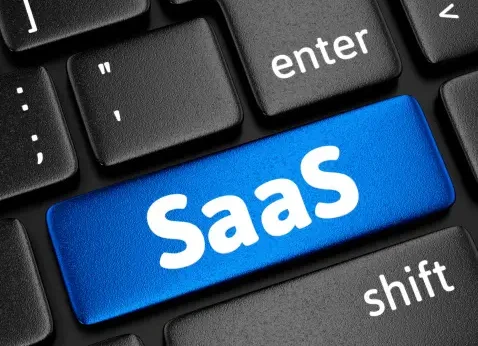In the SaaS landscape the pricing strategy is a very important factor in the explanation of how to get and maintain new clients besides getting as much revenue as possible. This is a complete guide on ways to improve your SaaS pricing strategy:
- Understand Your Customer Segments: Segmentation: Come up with several customers’ segments that have the main priorities to be satisfied such as these they get to know about what you have developed the way they are using it, and the financial situation.Persona Development: Define in-depth customer profiles which enable you to grasp the problems and motives of every customer segment.
- Segmentation: The way you divide the volume to be filled is in distinct segments depending on the usage, needs, and the capability to pay of customers.
- Persona Development: Repeat while building real-world scenarios for each group of potential buyers and the goals and difficulties they face.
- Value-Based Pricing: Highlight Benefits: The first step is to tell customers the unique selling proposition and the benefits of your SaaS product.Store Tiering: Advertised are the different feature packagings such as the lorem. Effectively crafted the point is to fix the price and practicality variance for the estimated price target customers which chiefly includes the buying of dateTime area.
- Highlight Benefits: The first step is to tell customers the unique selling proposition and the benefits of your SaaS product.Store Tiering: Offer different feature sets at varying price points to cater to different customer needs.
- Feature Tiering: Offer different feature sets at varying price points to cater to different customer needs.
- Competitive Analysis: Benchmarking: Check their posted price tags & features and the total quality of the two products which can be done through much exploring.Unique Selling Points (USPs): Make your offer differ in some major aspects such as the functionality of the features, customer care, as well as the discount that you give your customers.
- Benchmarking: Conduct a competitive analysis of pricing models, features offered by the competitors, and market positioning.
- Unique Selling Points (USPs): Experience differentiation by your execution of features that are strikingly better, customer support that goes above and beyond, or flexible pricing that none of your competitors are offering.
- Pricing Metrics and Models: Usage-Based Pricing: Structure the rates on usage metrics such as number of users, memory space, and the number of transactions.Subscription Models: Decide between a weekly, month, or any usage-based strategy that the customer prefers and the current environment demands.
- Usage-Based Pricing: Link the costs to the usage metrics which are the users actively engaged, the storage they use, and the payments made.
- Subscription Models: Provide options between the three available subscriptions, which are monthly, annual, and usage-based, taking into account customer preferences and industry standards.
- Pricing Experiments and Iteration: A/B Testing: Carry out pricing experiments to get the customer reactions to the various pricing schemes.Practicing Profitable-Continuous Progress: Periodically adjust pricing techniques taking into account consumer experience, industry benchmarks, and business outcomes.
- A/B Testing: Get customer feedback before making the final decision by exposing them to different pricing options.
- Iterative Improvement: Regularly update the prices as per customer feedback, market trend, and performance metrices.
Creating a successful Software as a Service (SaaS) pricing strategy is a combination of solid thinking, client empathy, and data-based insights. By proper pricing, you can make customers feel happier, generate sales, and be a competitive company in the market with the Software as a Service product they provide.


 Impacts of AI on SaaS: The Facts You Should Be Aware Of
Impacts of AI on SaaS: The Facts You Should Be Aware Of  The Top SaaS Project Management Tools for 2024
The Top SaaS Project Management Tools for 2024  How SaaS is Changing the Financial Services Industry
How SaaS is Changing the Financial Services Industry  The Best SaaS Solutions for Automating Business Processes
The Best SaaS Solutions for Automating Business Processes  SaaS in Education: Transforming Learning and Administration
SaaS in Education: Transforming Learning and Administration  The Top SaaS Platforms for E-commerce Businesses
The Top SaaS Platforms for E-commerce Businesses